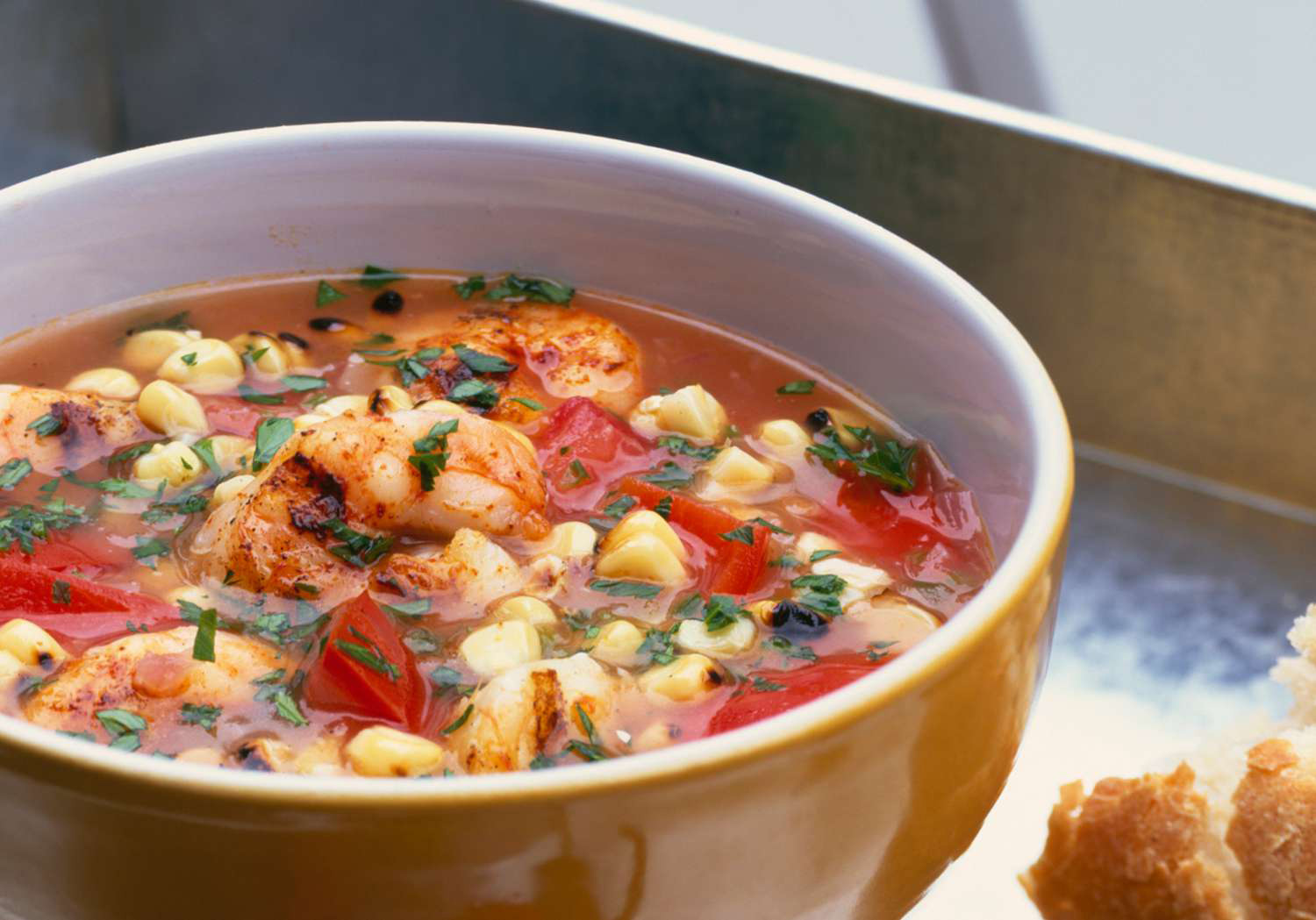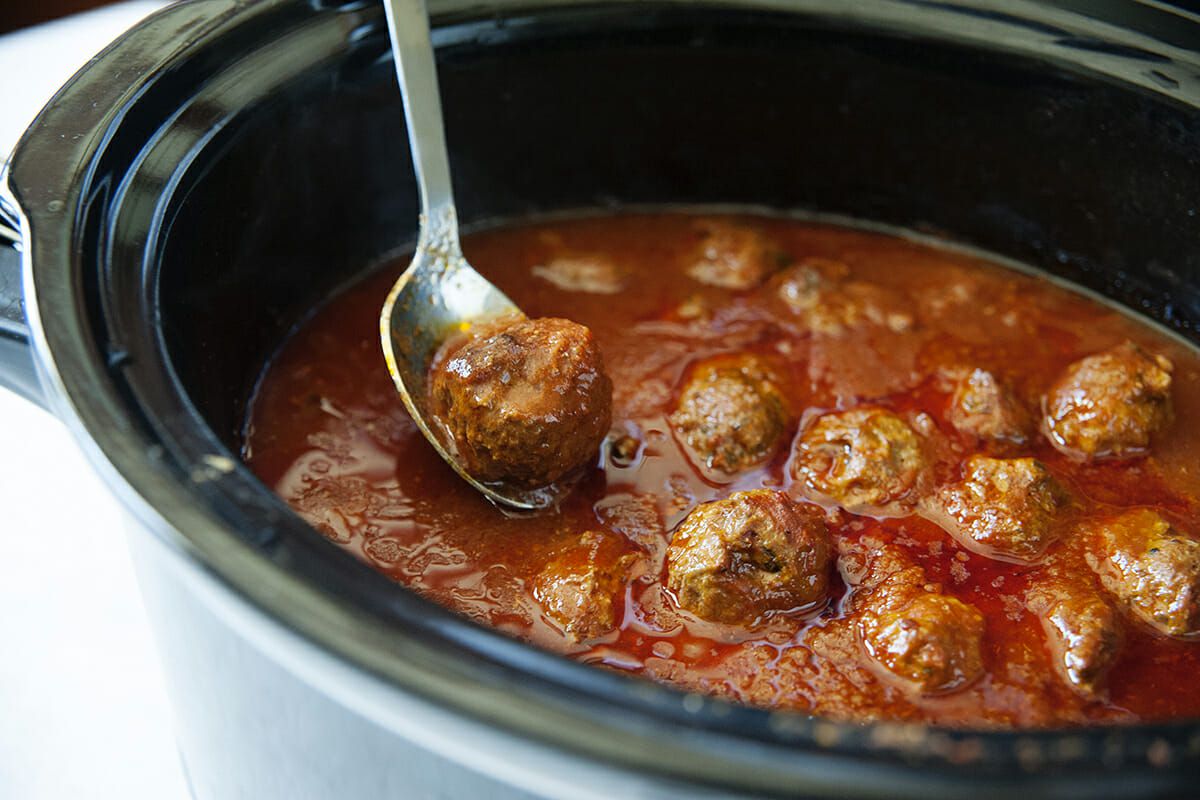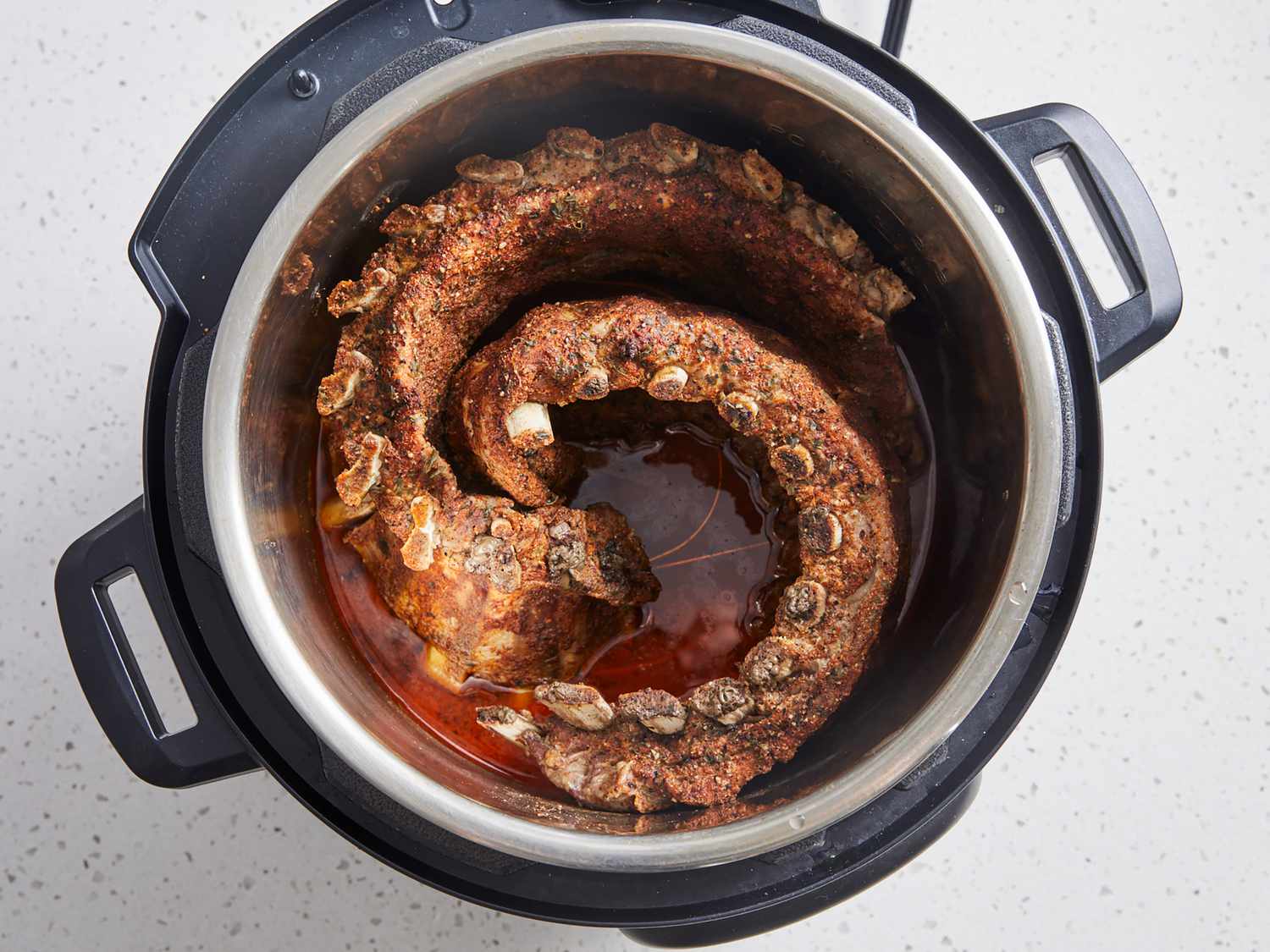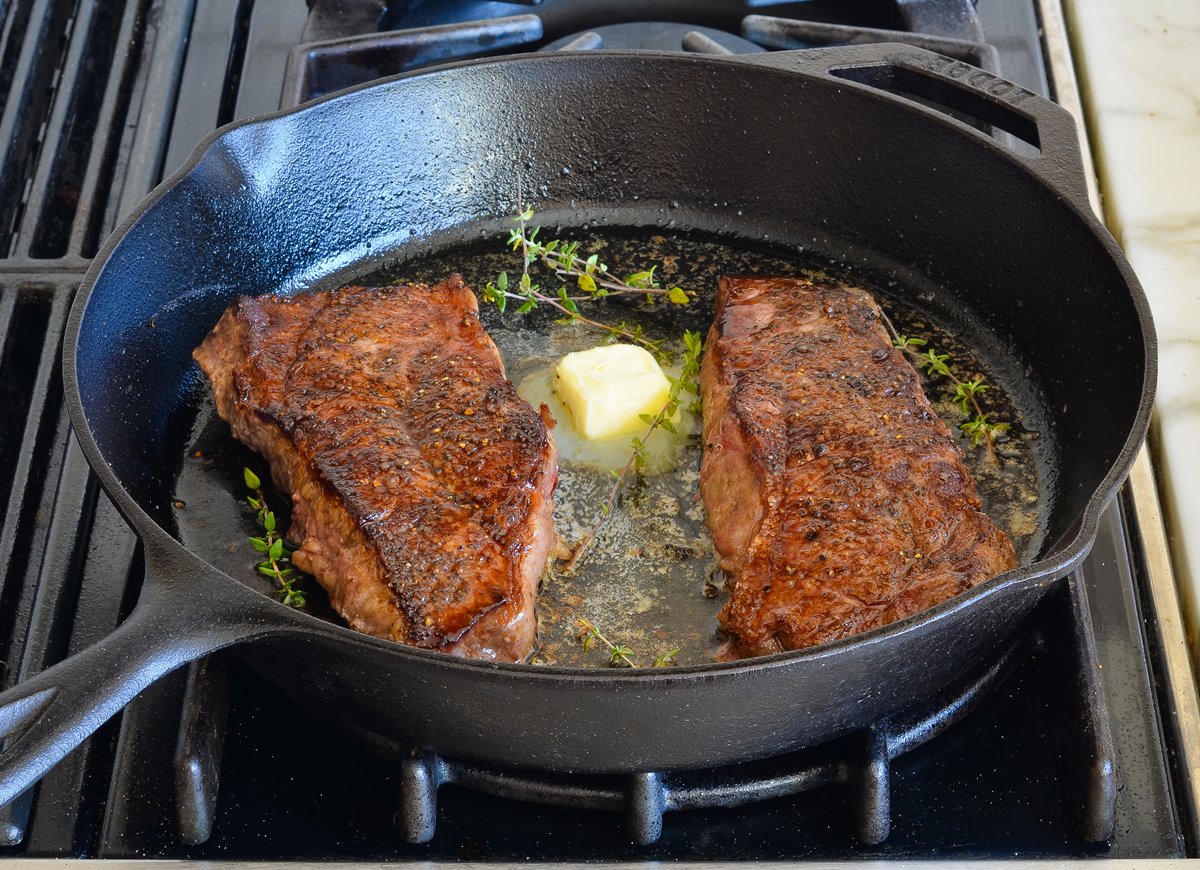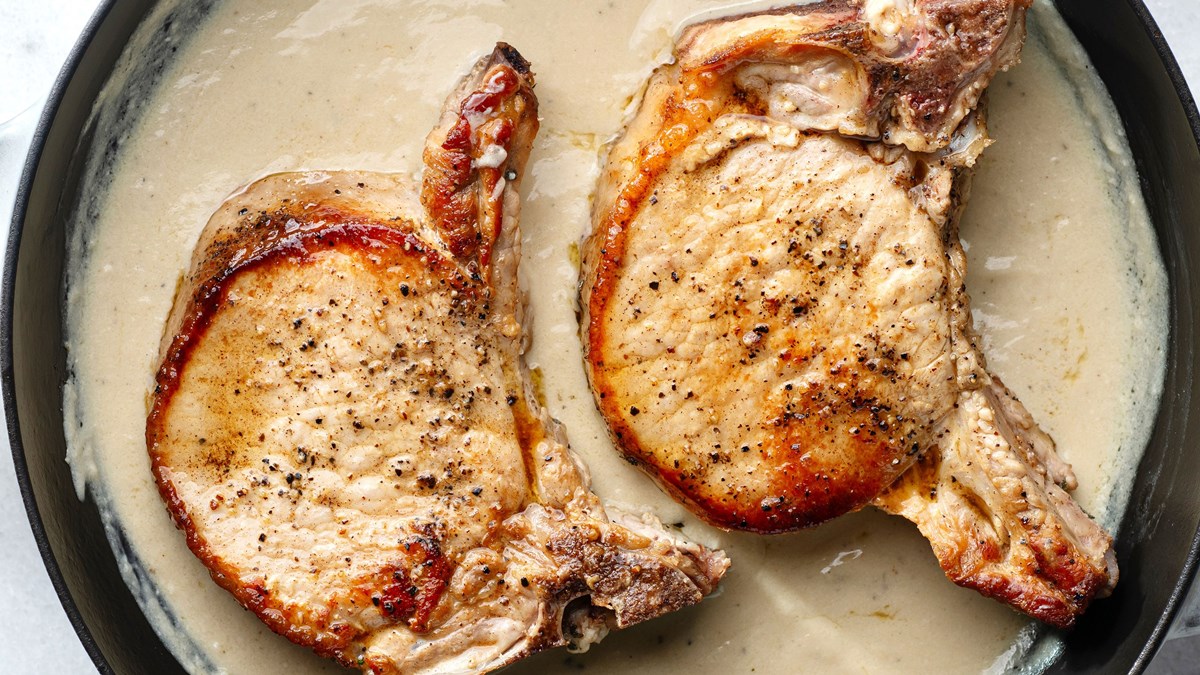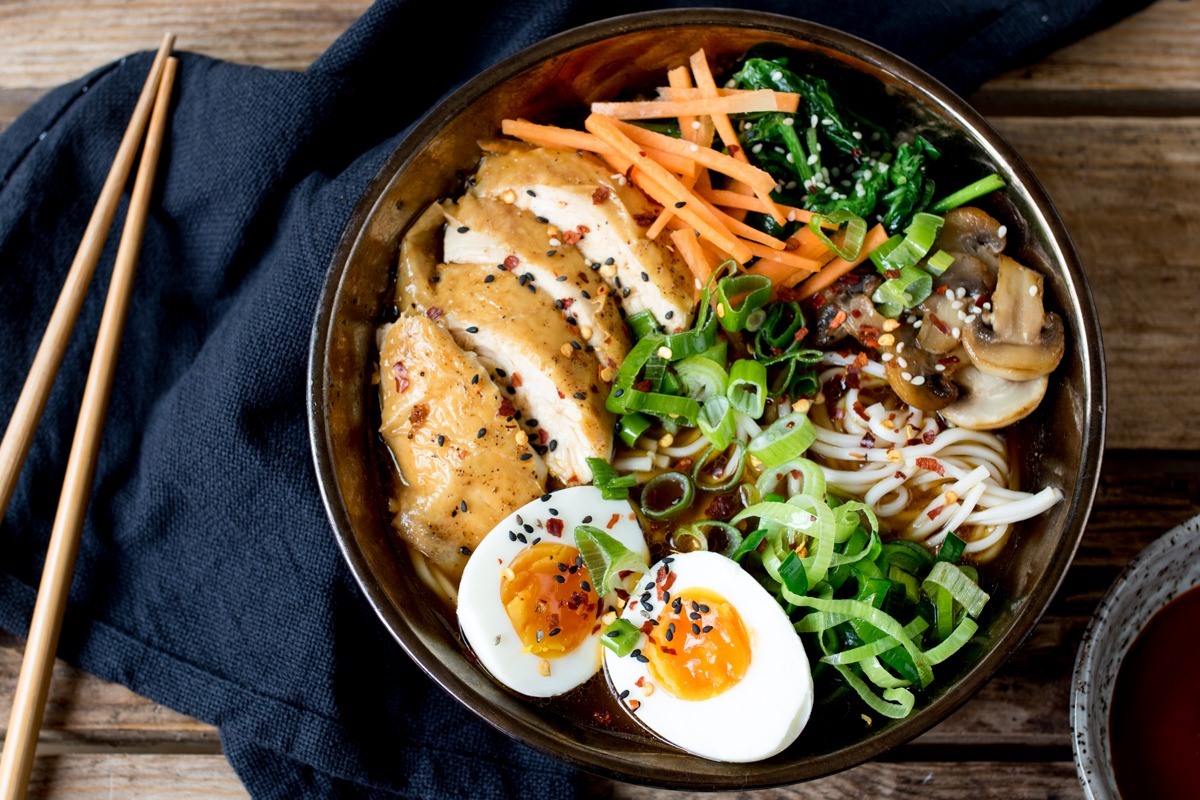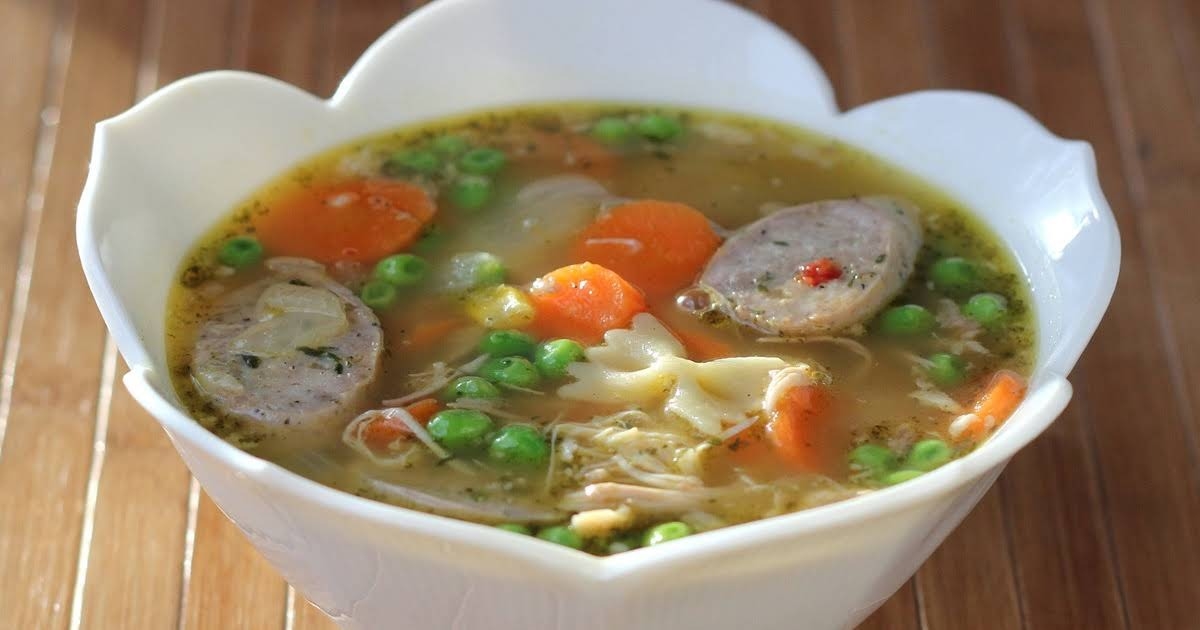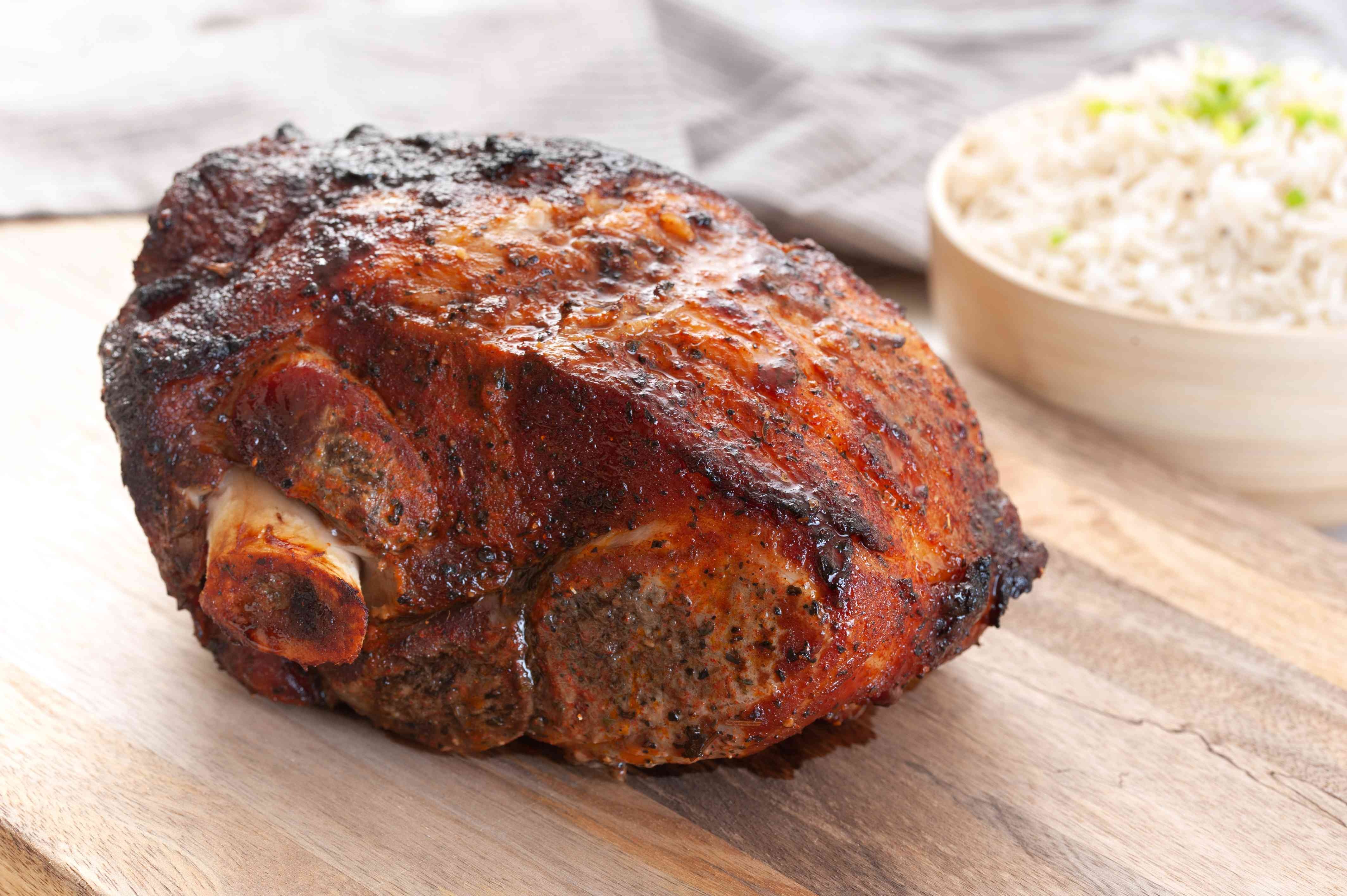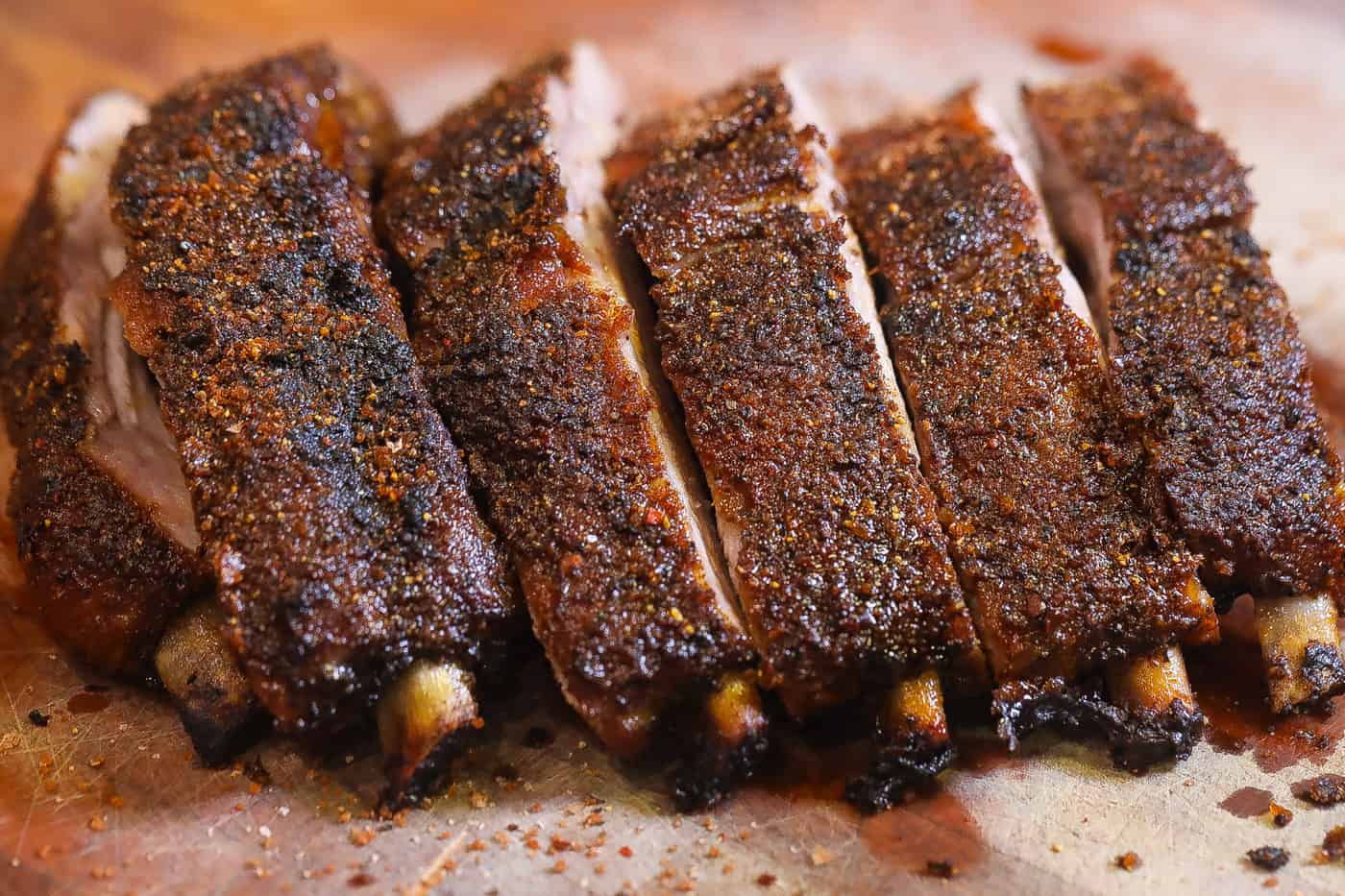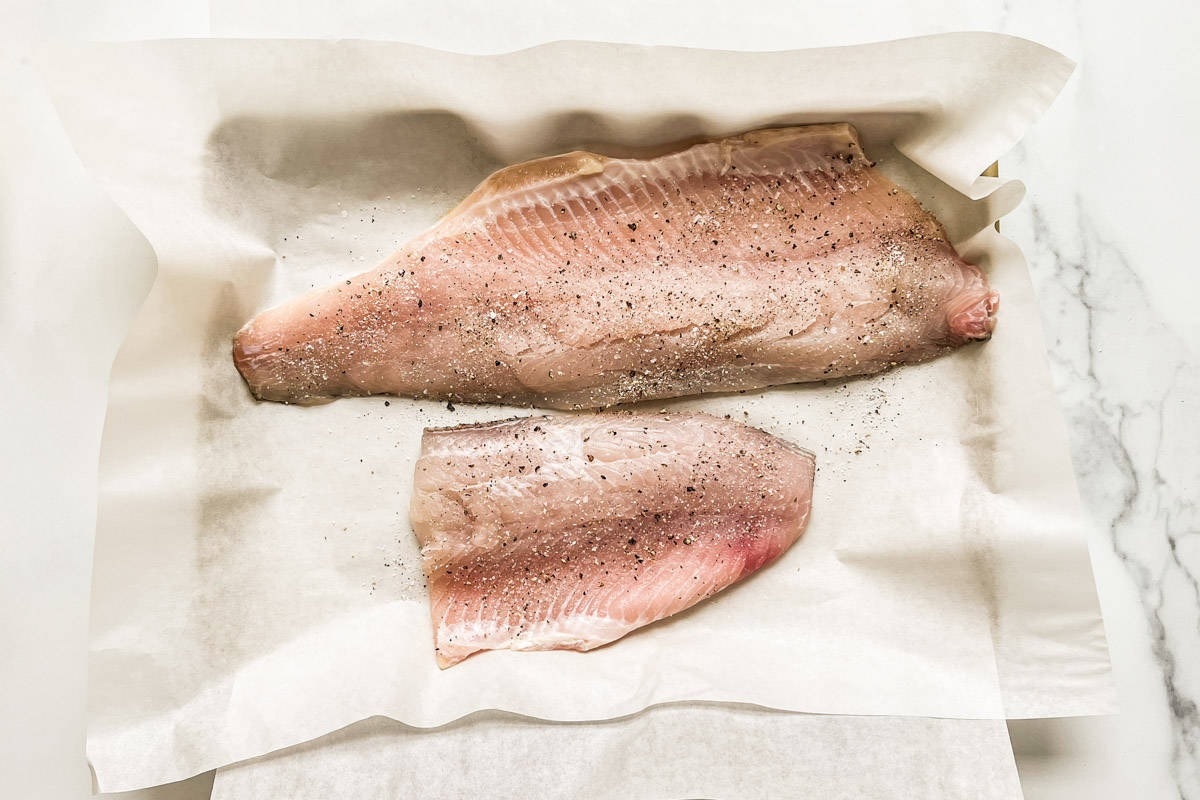Cooking noodles on the stove might seem straightforward, but mastering this simple task can elevate your culinary game. Whether you're aiming for al dente perfection or soft, comforting strands, the key lies in the details. From selecting the right pot to timing the boil, each step contributes to the final texture and taste. In this guide, we'll walk you through the essentials of boiling noodles on the stove, ensuring you achieve delicious results every time. Get ready to impress yourself and others with your newfound noodle-cooking prowess.
Essential Ingredients for Stovetop Noodles
- Noodles (any type, according to preference)
- Water (for boiling)
- Salt (to taste)
- Oil (optional, to prevent sticking)
- Sauce or seasonings (as desired)
Must-Have Tools for Perfect Noodles
- Large pot
- Stove
- Colander or strainer
- Wooden spoon or fork
- Measuring cups
- Timer or stopwatch
For perfectly cooked stove-top noodles, bring water to a rolling boil, add salt, then noodles. Stir occasionally, cook until al dente, drain, and rinse under cold water to stop cooking.
The Importance of Cooking Noodles on the Stove
Cooking noodles on the stove is a basic skill that opens up endless culinary possibilities. From quick weeknight dinners to elaborate dishes, mastering this technique allows for creativity in the kitchen. It's about more than just boiling water; it's learning the foundation of numerous recipes that can cater to any taste or occasion.
Understanding how to properly cook noodles ensures they're always served at their best – not too soft, not too firm. This method provides control over texture, a crucial element in many dishes. Whether for a simple buttered noodle side or a base for robust sauces, knowing this skill makes meal preparation versatile and satisfying.
Your Ultimate Guide to Noodle Mastery
-
Fill a large pot with water, ensuring there's enough space for the noodles to expand without spilling over. For most types of noodles, use about 4 quarts of water for every 8 ounces of noodles.
-
Add salt to the water. A good rule of thumb is to add 1 tablespoon of salt for every 4 quarts of water. This step is crucial as it seasons the noodles from the inside out, giving them flavor.
-
Bring the water to a boil over high heat. Wait until you see big bubbles breaking the surface, indicating that the water is fully boiling and ready for the noodles.
-
Add the noodles to the boiling water. Gently stir them to prevent sticking. Use a wooden spoon or a pair of tongs for this task to avoid damaging the noodles.
-
Boil the noodles according to the package instructions. Cooking times can vary widely depending on the type of noodles. Generally, it ranges from 5 to 12 minutes. Stir occasionally to keep them from sticking together.
-
Check noodle doneness about 2 minutes before the suggested cooking time. Fish out a noodle, let it cool slightly, then bite into it. Look for a texture that is tender yet slightly firm, known as "al dente."
-
Drain the noodles in a colander once they're cooked to your liking. To stop the cooking process immediately, you can rinse them under cold water. This step is especially useful for cold noodle dishes.
-
Return the noodles to the pot if you're adding them to a sauce or continuing to cook them in a dish. If not, you can toss them with a bit of oil to prevent sticking if they're going to sit for a bit before serving.
-
Serve immediately for the best texture and flavor. Noodles are best enjoyed fresh from the pot, whether they're being combined with a sauce, added to a soup, or enjoyed on their own with a simple dressing.
Mastering Stovetop Noodles
Cooking noodles on the stove is a simple yet essential skill for any home chef. With the right pot, water, and a pinch of salt, you're well on your way to creating a delicious base for countless dishes. Remember, stirring occasionally prevents sticking, and tasting noodles during cooking ensures they reach the perfect texture. Whether you're aiming for al dente for a pasta dish or softer noodles for a comforting soup, mastering this technique opens up a world of culinary possibilities. So, next time you're in the kitchen, grab those noodles, set the water to boil, and get ready to impress with your stovetop skills. Cooking noodles might seem basic, but it's the foundation for many amazing meals.
For those looking to master their noodle-cooking skills on the stove, there are several recipes to try out that perfectly complement the guide. Start with Classic Spaghetti Bolognese, a timeless dish that’s both hearty and flavorful. If you’re in the mood for seafood, Shrimp Scampi Linguine offers a zesty, buttery experience. For a creamy delight, Fettuccine Alfredo is a great choice, showcasing your ability to achieve the perfect noodle texture. If you prefer Asian flavors, Pad Thai with Rice Noodles provides a rich, tangy twist. Lastly, Pesto Pasta with Penne offers a fresh, herby option that’s quick and satisfying. Each recipe will put your new skills to good use and expand your culinary repertoire.
All Your Noodle Questions Answered
How long do I boil water before adding noodles?
Get that water rolling to a full boil. No lukewarm, half-hearted bubbles here. Once you've got a vigorous boil going, then it's time to toss in your noodles.
What's the best way to keep noodles from sticking together?
Right after you drop them in the water, give those noodles a good stir. This initial swirl will help keep them from becoming one big noodle clump. Also, a dash of oil in the boiling water works wonders.
Can I add salt to the boiling water?
Absolutely, sprinkle in some salt! It's not just for flavor. Salt raises the boiling point of water, helping your noodles cook just a tad quicker and taste a whole lot better.
How do I know when the noodles are perfectly cooked?
Aim for al dente, which means they should still have a bit of firmness. Grab a noodle, let it cool off, then give it a taste. If there's a slight chew to it, you've nailed it.
Is rinsing the noodles necessary after cooking?
Depends on your dish. For cold noodle salads, rinse them under cold water to stop the cooking process. But if you're whipping up a hot dish, skip the rinse. That starchy water helps sauces cling to your noodles better.
How much water do I need to cook noodles?
Rule of thumb: use about 4 quarts of water for every pound of noodles. This gives them enough room to dance around without bumping into each other too much.
Can I cook noodles directly in the sauce?
Sure thing, but there's a trick to it. Start by thinning out your sauce with a bit of water. Then, add your noodles, cover, and let them simmer. They'll soak up the sauce, becoming flavorful little bites of joy.
Was this page helpful?
Read Next: How To Cook A 7 Lb Turkey Breast
